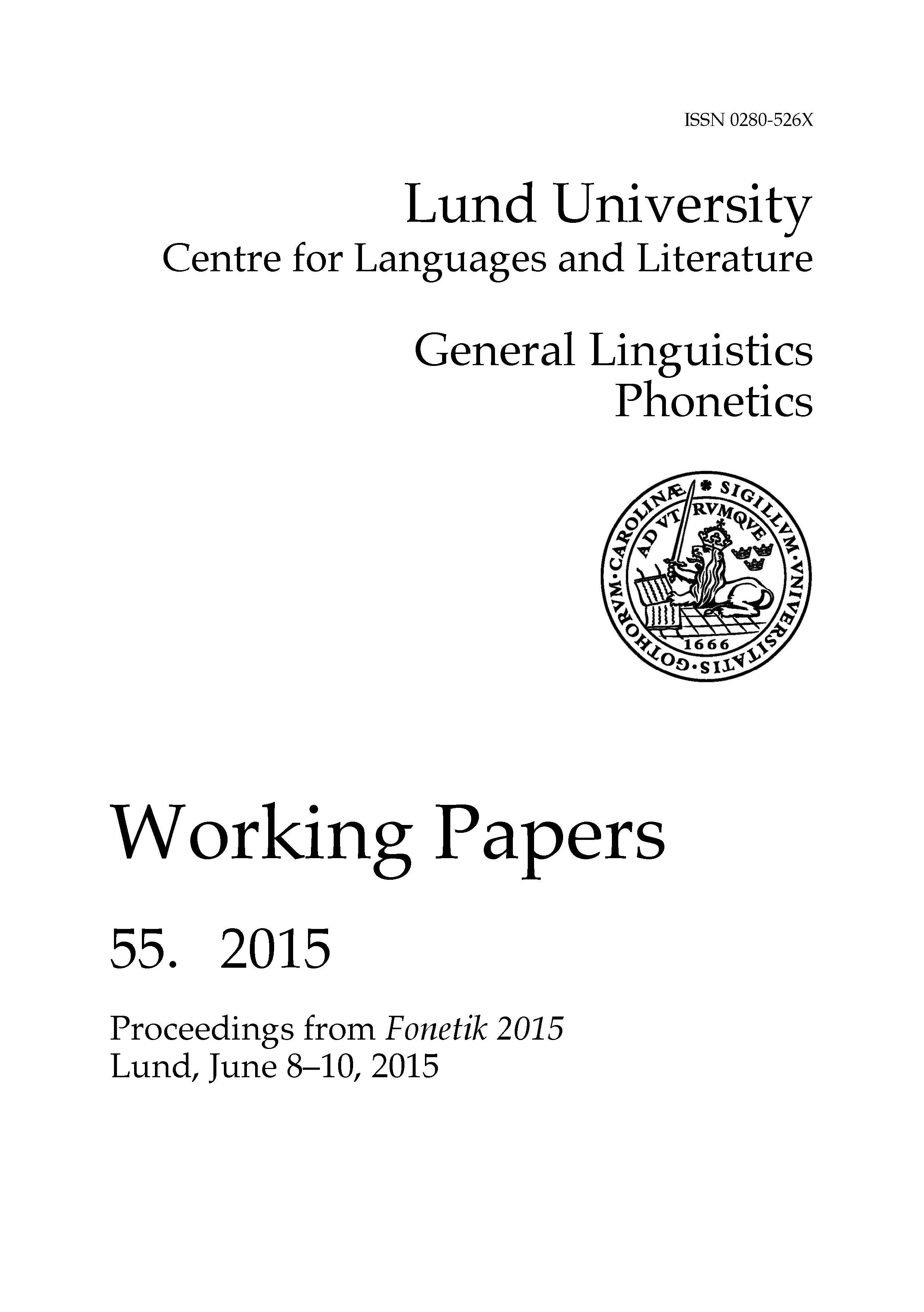Self-perception of vocal and articulatory effort in consonant production by native Swedish speakers
Abstract
This study investigates native Swedish speakers’ self-perception of vocal and articulatory effort in a speech sound production task, in an attempt to identify patterns amongst Swedish speakers as well as to make cross-language comparisons with previously reported data for French speakers. Vocal and articulatory effort refers to the level of exertion required to produce a sound. Previous research has primarily focused on physiological rather than selfperceived measurement.
In a partial replication of a French study on vocal and articulatory parameters, twenty-two healthy native speakers of Swedish aged 21-50 were presented with 220 pairs of nonsense syllables that they were asked to produce aloud. Each pair included up to three contrasts between the consonants in terms of context, voicing, and place and manner of articulation. Some subjects were instructed to select the item from each pair that they felt was easier to produce, while others were instructed to choose the one they perceived as more difficult.
The results indicate that subjects perceived voiced consonants as requiring a greater level of effort than voiceless consonants. A higher rate of self-perceived effort was also reported for unvocalic (isolated) consonants compared with intervocalic consonants, regardless of voicing.
These findings may be significant for professionals in the field of speech therapy, by providing a baseline for structuring clinical voice therapy based on subjective experience.


